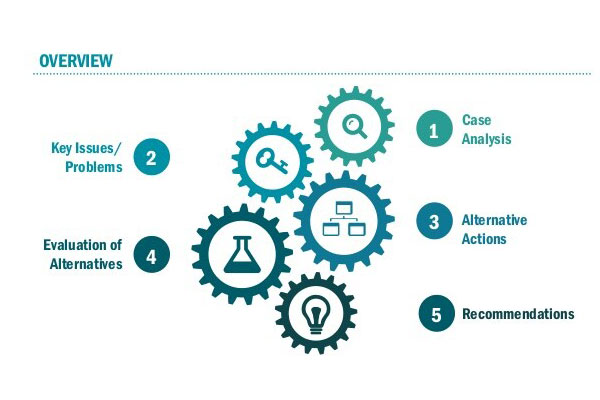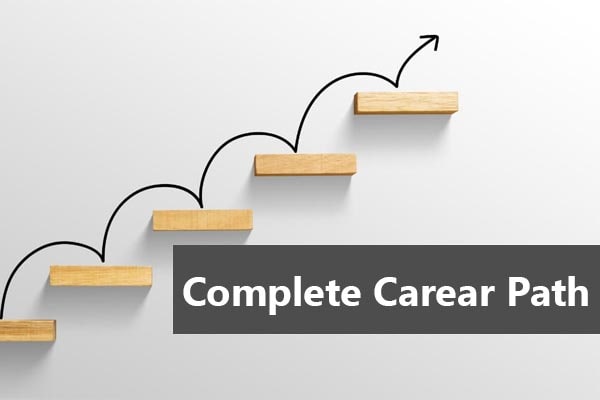Good, thoughtful communication can provide great value for clients in a data-rich digital environment. When clients are constantly connected, they’re confronted with a flood of information that can overwhelm them. Ask yourself these questions when communicating with a client:
- The needs and values of my clients,
- What would be the best way to convey that information in a way that they will understand?
After answering these questions, the best way to ensure your message stands out is to use your expertise and unique insights to meet specific client needs. Your client communication will be much more effective if you combine these two factors with some emotional intelligence. To improve your communication skills and strengthen your client relationships, follow these nine simple tips.
1. Establish personal connections
It is possible to be informal and still be professional. It’s important to remind clients that they’re dealing with a human being when dealing with a client.
2. Understand your client’s comfort zone
Australians aged 14 to 65 have internet access at home on average, but most have difficulty using digital services due to their age.
But fewer than half of Australians aged 65 and over have a home internet connection – but that doesn’t mean they don’t use online services.
According to the Australian Bureau of Statistics, Internet banking is used by more than 65% of Australian men and more than 40% of Australian women.
To make sure you’re engaging with older clients effectively, it’s important to survey them as the emphasis on digital communication increases.
3. Use your brand to your advantage
You represent a company with its style and brand ethos. Please take advantage of it. Use language that reflects the importance of trust and dependability in your business, such as “consistent” and “reliable”. In addition, if you wish to bring attention to the excitement and breaking barriers, use words that reflect this. Words like “groundbreaking” and “pace-setting” come to mind.
4. Know how to use communication channels. and when to use them
Despite the technological advancements, traditional channels of communication are still viable choices. Here is a list of ways to contact clients, along with the benefits of each: Email (EDM)
The platform is cost-effective, scalable and targeted, but it’s crucial to achieve the right tone of the message and include a clear call-to-action.
The direct mail (DM)
While it is more expensive than email, direct electronic mail has deeper penetration and greater uptake. Suitable for educational purposes.
- SMS
Use them when you need a quick reply.
- Presentations
Ideally, for face-to-face interactions. A slide should reinforce the words spoken by the adviser, not repeat them.
- Landing pages
Once your client or potential client has clicked through to your website via an EDM, banner ad, promotion button or direct message, make sure that you keep their attention with a clear purpose and “call to action.”
- Video
It is ideal for demonstrating how to use an online service or explain changes in a company’s process using an animated video. Moreover, video case studies using testimonials can add credibility to a product or service. While both options are expensive, video communications can be highly effective and well worth the investment when effectively implemented.
- Statements
They are usually thoroughly examined and provide an opportunity to include a personal or campaign-specific message.
5. Prioritise quality over quantity
During meetings, ask plenty of questions to get a clear idea of the client’s goals. This information will enable you to develop targeted communication with them that addresses their concerns and needs.
6. Use your marketing team wherever possible
Company communications are delivered on message by marketing staff. By running your intended communications by them, you can ensure they are compliant and include the most up-to-date information.
7. Add a personal touch
Clients feel understood by their advisers when they feel understood themselves. Even with digital communication, handwritten notes remain valuable. You can strengthen your relationship with them by sending them a handwritten note along with their report.
Also, knowing a client’s interests in a particular area and sending them relevant information will reinforce the notion that you are invested in them.
8. Make your valuable knowledge to everyone
An adviser is in a unique position to determine how best to engage with clients. In most cases, the advisor knows who is willing to accept highly technical, data-driven analysis and prefers to communicate in layman’s terms. Engagement should be based on client preferences.
9. Follow up as soon as possible
The communication loop with clients must be closed. If you follow up with a thoughtful follow-up email rather than a bulleted list, your message will be more appreciated. An email with a volley of irrelevant information will do better than a handwritten note atop printed material.
Selecting the right channel, developing messaging skills, and considering your clients’ needs can dramatically improve your communication skills.
Read More:






































